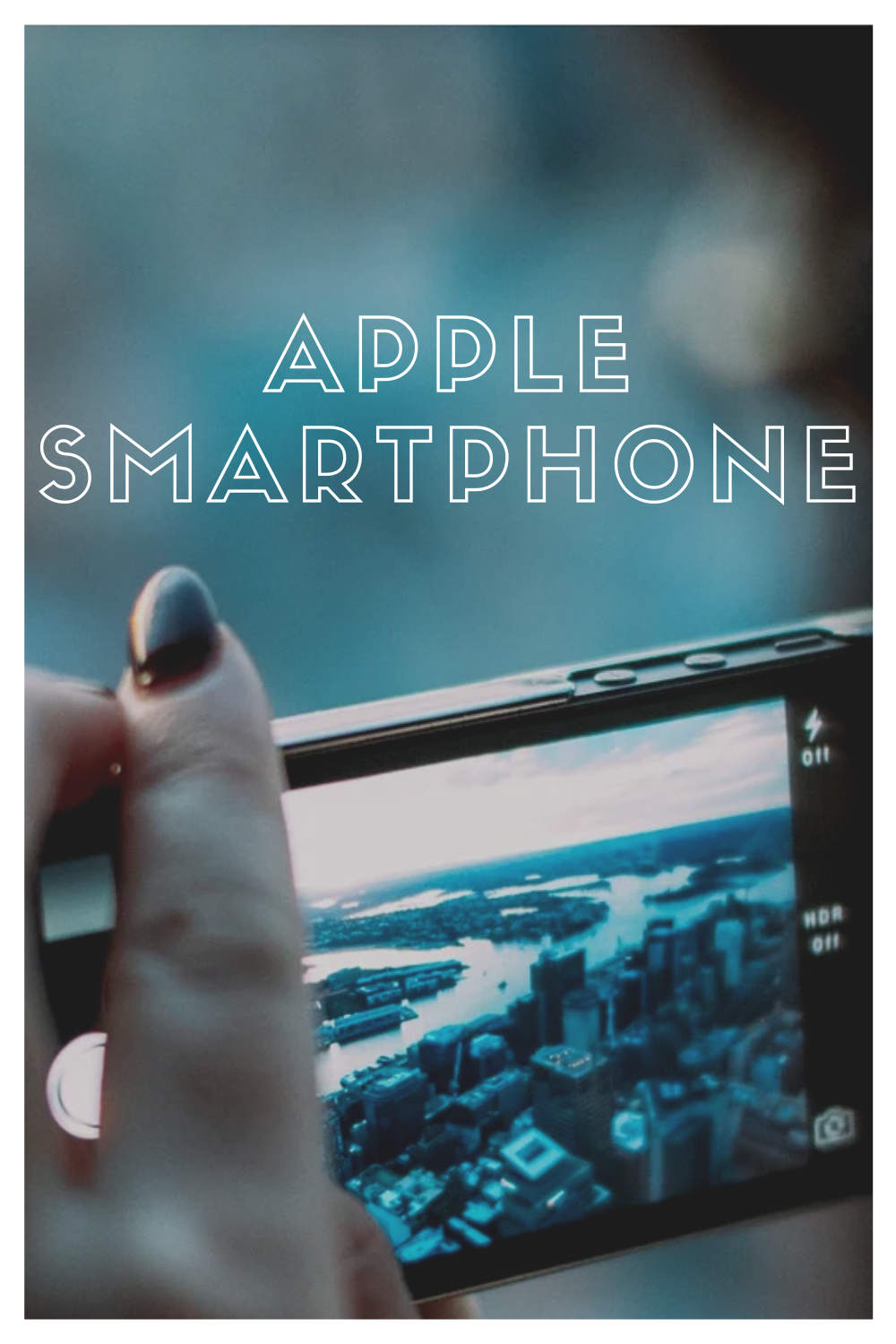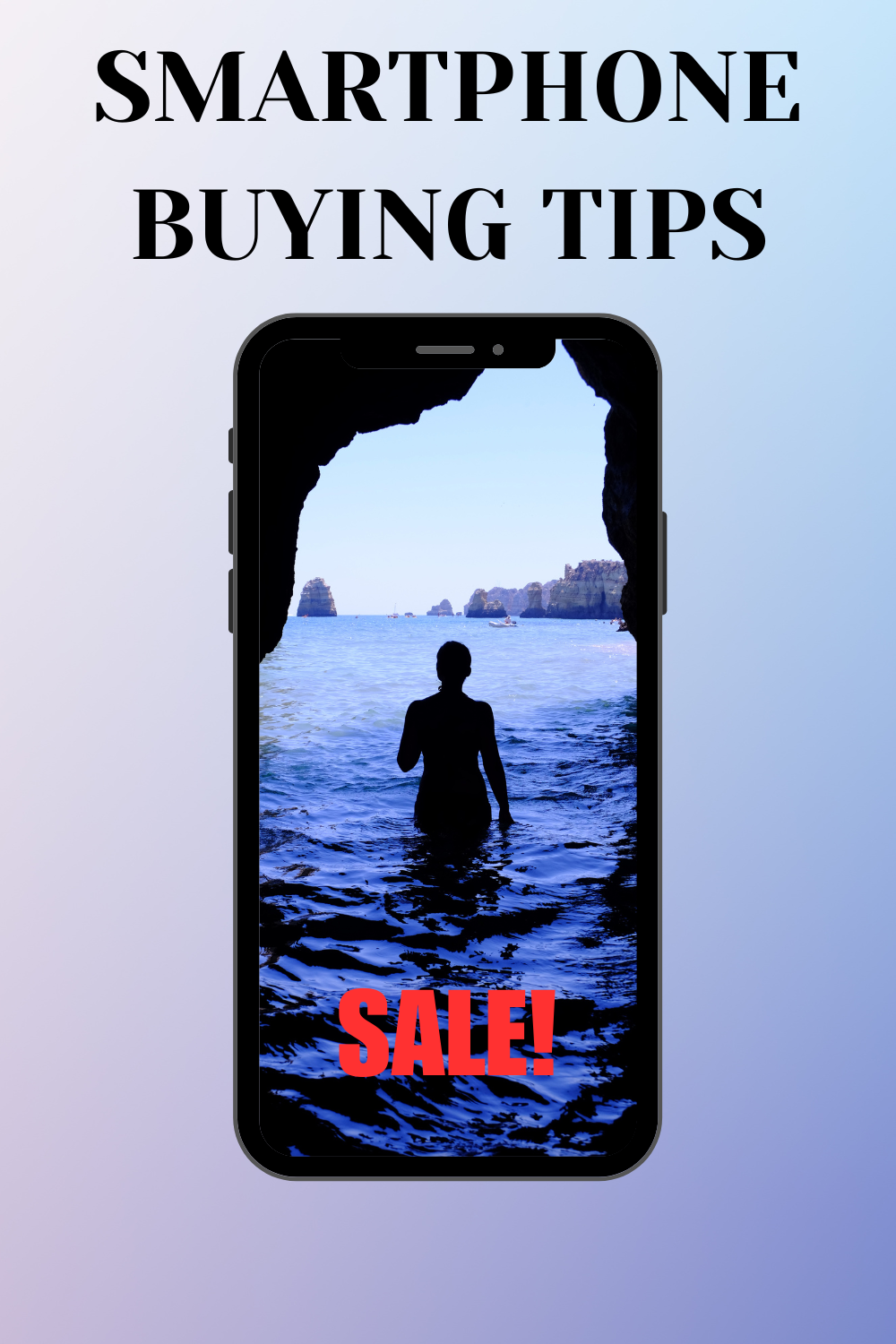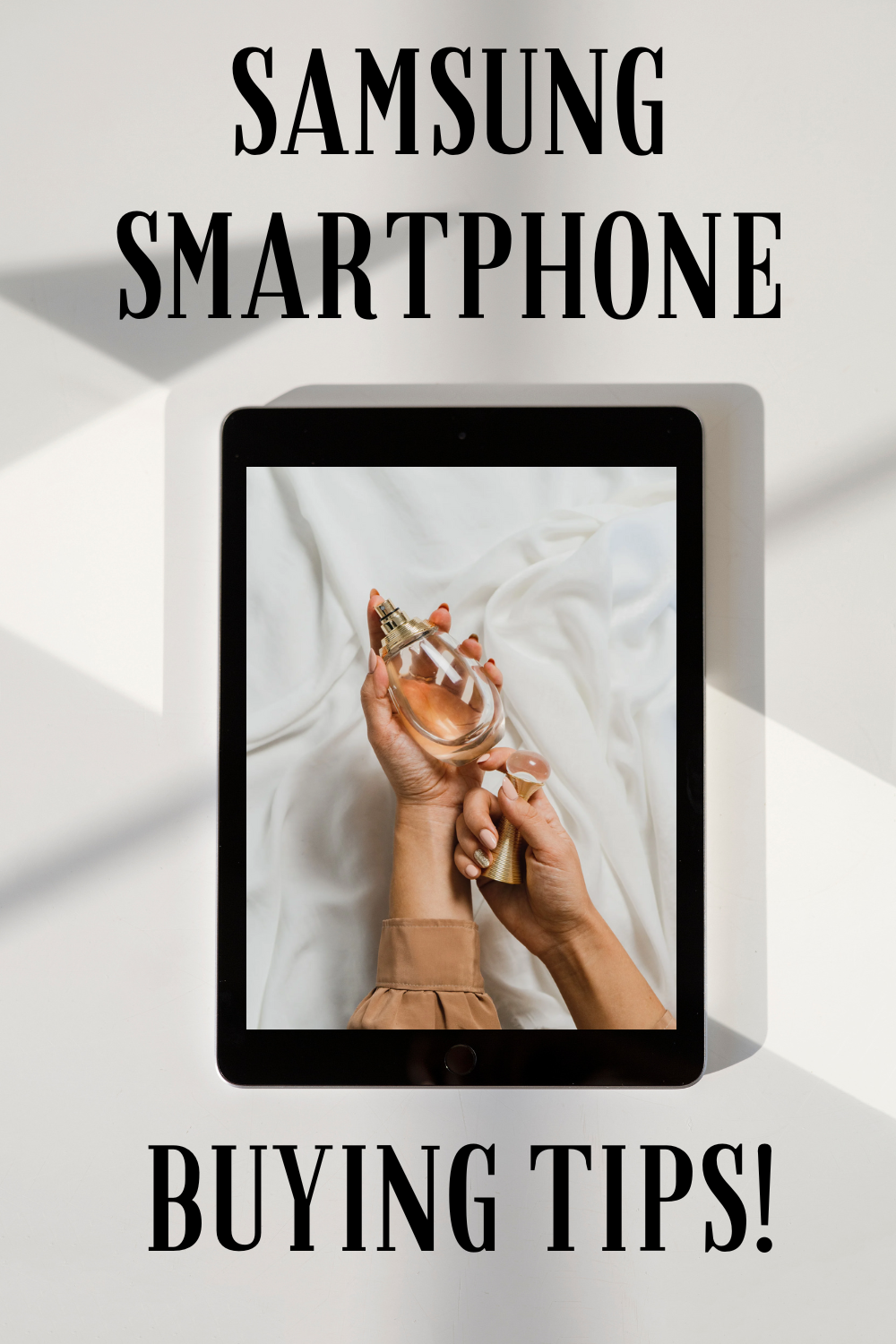

Pic attributed to Canva
Apple’s latest hit product made waves once again this September, stirring up a storm of controversy, competition, and comparisons. From the technical mishaps during the Apple Live Event to “Bendgate” and issues with iOS 8, discussions about the new release were intense. As always, the debate between Android and Apple fans quickly reignited. But if nothing else, it’s clear that smartphones today are much more than just sleek, millimeter-thin gadgets. With so many options available—and even more on the horizon, like the dual-display Yotaphone or the customizable Project Ara—choosing a smartphone requires careful consideration.

Pic attributed to Canva
Screen Size and Display
With the tablet trend in full swing, screen size has become a major factor in smartphone buying decisions. Tablets, defined by screens 5 inches or larger, offer more viewing real estate, but can be unwieldy, often making it difficult to carry them around in a pocket.
If portability is a priority, mid-sized phones with screen sizes between 4.5 and 4.9 inches are a better fit, as they can still be comfortably operated with one hand. For those who prefer maximum portability, smaller phones under 4.5 inches, although increasingly rare, remain the most pocket-friendly choice.
However, it’s not just about size—screen resolution is equally important. Today’s smartphones typically use either LCD or AMOLED technology, with a few exceptions like the Yotaphone, which utilizes energy-efficient e-ink technology seen in e-readers like the Kindle.
- LCD (Liquid Crystal Display): Known for natural color reproduction, LCD screens are backlit, which leads to lower contrast and shallower viewing angles compared to AMOLED displays. Resolutions can reach up to 2560×1440 pixels, and Apple’s renowned Retina Display is an LCD screen with a minimum resolution of 326 pixels per inch (PPI).
- AMOLED (Active-Matrix Organic Light-Emitting Diode): AMOLED screens, favored by manufacturers like Samsung, have no backlight. This results in higher contrast, deeper blacks, and more vibrant colors. As AMOLED technology continues to evolve, it’s becoming a strong contender to eventually replace LCD screens.

Pic attributed to Canva
Battery Life
As smartphones evolve into multifunctional devices for work, entertainment, and social connection, battery life has become a top concern. Whether you’re streaming videos, browsing the web, or shopping, your phone’s battery capacity plays a crucial role. Battery sizes typically range from 1700 mAh to 3500 mAh, but if that’s not enough, external power packs or replaceable higher-mAh batteries can extend usage.
Camera
In the age of Instagram, selfies, and social media, the smartphone camera has become a critical feature. For many, it’s the closest thing to having a professional camera without the hefty price tag of a Canon or Nikon.
Optical image stabilization (OIS) has emerged as a key feature, minimizing blurriness caused by shaky hands and improving the quality of photos. Front-facing cameras have also seen significant improvements, catering to the rise of selfie culture.
While megapixel counts are often highlighted, they’re only one part of the equation. Lens quality, which determines how much light reaches the sensor, is just as important. A camera with a smaller pixel count but better light sensitivity will perform better in low-light situations.
Processor
Lastly, the processor (or CPU) is the heart of any smartphone, dictating how quickly apps run and how smoothly the phone operates. Older processors drain batteries faster and slow down performance, while newer chips are more efficient and powerful.
The Qualcomm Snapdragon is currently the most widely used processor, powering many Android and Windows phones. Other prominent processors include the Apple A8, Samsung Exynos, and Motorola’s X8. While Snapdragons remain common in Samsung and Motorola devices, both companies are exploring new technologies—Samsung has announced its Exynos 7 Octa 64-bit processor, and Motorola’s 2015 lineup will feature the X8 hybrid.